Home>Gardening & Outdoor>Plant Care & Gardening Tips>What Is Wildflower Seed Pod Identification
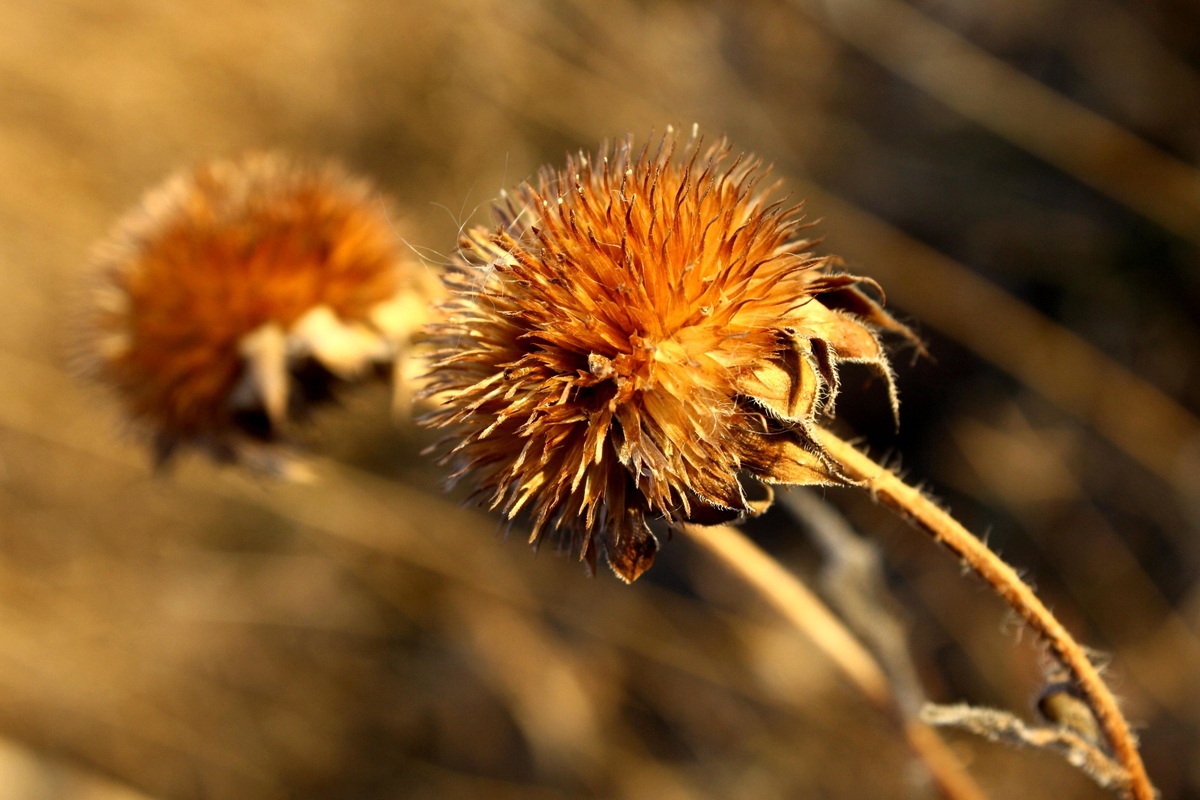

Plant Care & Gardening Tips
What Is Wildflower Seed Pod Identification
Modified: January 9, 2024
Learn how to identify wildflower seed pods and improve your plant care and gardening skills with expert tips and techniques. Discover the secrets to successful wildflower gardening. Explore plant care and gardening tips now!
(Many of the links in this article redirect to a specific reviewed product. Your purchase of these products through affiliate links helps to generate commission for Storables.com, at no extra cost. Learn more)
**
Introduction
**
Welcome to the enchanting world of wildflowers! These delightful plants grace us with their vibrant colors, delicate petals, and unique seed pods. While the blossoms of wildflowers often steal the spotlight, their seed pods hold a fascinating allure of their own. Wildflower seed pod identification is a captivating pursuit that offers a deeper understanding of these remarkable plants.
In the realm of gardening and plant care, the ability to identify wildflower seed pods is a valuable skill. It allows enthusiasts to recognize and appreciate the diverse species of wildflowers in their natural habitats, contributing to the preservation and conservation of these beautiful plants. Moreover, understanding wildflower seed pods provides insights into the life cycle of these plants, offering a deeper connection to nature.
Throughout this article, we will delve into the significance of wildflower seed pod identification, explore the unique characteristics of these pods, highlight common types of wildflower seed pods, and provide valuable insights into identifying them. By the end of our journey, you will gain a newfound appreciation for the often-overlooked yet captivating world of wildflower seed pods. So, let's embark on this enchanting exploration together!
Key Takeaways:
- Wildflower seed pod identification is like solving a nature puzzle, helping us understand and protect diverse plant species while unraveling the captivating stories hidden within each seed pod’s unique characteristics.
- By learning to identify wildflower seed pods, we not only enrich our gardening experiences but also contribute to conservation, education, and scientific research, fostering a deeper connection to the natural world.
Read more: What Do Plumeria Seed Pods Look Like
Importance of Wildflower Seed Pod Identification
Wildflower seed pod identification plays a crucial role in various aspects of gardening, conservation, and ecological understanding. Let’s explore the significance of this fascinating pursuit:
- Biodiversity Preservation: Identifying wildflower seed pods contributes to the preservation of biodiversity. By recognizing different species and their respective seed pods, enthusiasts and conservationists can gain valuable insights into the ecological balance of specific habitats. This knowledge aids in the protection of endangered wildflower species and their natural environments.
- Plant Propagation: Understanding the characteristics of wildflower seed pods is essential for successful plant propagation. By identifying the unique traits of various seed pods, gardeners and horticulturists can collect and propagate seeds to cultivate diverse wildflowers, contributing to the enrichment of garden landscapes and the restoration of native plant populations.
- Educational Value: Wildflower seed pod identification serves as an educational tool, offering valuable learning opportunities for botany enthusiasts, students, and nature lovers. By studying the distinct features of seed pods, individuals can deepen their understanding of plant anatomy, reproductive processes, and the interconnectedness of ecosystems.
- Ecological Awareness: Recognizing and identifying wildflower seed pods fosters ecological awareness and appreciation for the natural world. It encourages individuals to observe and appreciate the intricate details of wildflowers, promoting a deeper connection to the environment and the diverse plant life that enriches our surroundings.
- Gardening Enrichment: For gardening enthusiasts, wildflower seed pod identification enhances the gardening experience by providing a deeper understanding of wildflower species and their life cycles. This knowledge empowers gardeners to make informed decisions regarding plant selection, cultivation, and habitat creation, ultimately enriching the beauty and diversity of home gardens.
Embracing the importance of wildflower seed pod identification not only contributes to the conservation of natural habitats and the proliferation of diverse plant species but also enriches the lives of individuals through education, ecological awareness, and the cultivation of vibrant garden landscapes.
Characteristics of Wildflower Seed Pods
Wildflower seed pods exhibit a fascinating array of characteristics, each contributing to the unique identity of the plant species. By understanding these distinctive traits, enthusiasts can unravel the captivating story behind each wildflower. Let’s delve into the remarkable characteristics of wildflower seed pods:
- Shape and Size: Wildflower seed pods come in a diverse range of shapes and sizes, reflecting the individuality of each plant species. They may be elongated, spherical, cylindrical, or intricately structured, showcasing the remarkable diversity of nature’s designs.
- Texture and Surface: The texture and surface of wildflower seed pods vary widely, offering tactile insights into their protective mechanisms and seed dispersal strategies. Some pods feature smooth surfaces, while others may exhibit intricate patterns, spines, or hairs that aid in seed protection and dispersal.
- Color and Pigmentation: The coloration of wildflower seed pods is a visual spectacle, ranging from vibrant hues to earthy tones. These colors serve multiple purposes, from attracting pollinators to providing camouflage or signaling ripeness for seed dispersal.
- Seed Arrangement: Within the seed pods, the arrangement and distribution of seeds unveil the plant’s reproductive strategy. Some pods house a single seed, while others contain numerous seeds arranged in specific patterns, reflecting the evolutionary adaptations of the plant species.
- Opening Mechanisms: The method by which wildflower seed pods open to release their seeds is a captivating aspect of their biology. Pods may split open along distinct seams, release seeds through pores or flaps, or employ intricate mechanisms triggered by environmental factors such as moisture, temperature, or physical disturbances.
These characteristics collectively contribute to the enchanting allure of wildflower seed pods, offering a glimpse into the intricate adaptations and survival strategies developed by diverse plant species. By observing and appreciating these traits, enthusiasts can unravel the captivating narratives woven into the fabric of each wildflower’s existence.
Common Wildflower Seed Pods
Wildflower seed pods encompass a rich tapestry of diversity, each bearing unique attributes that contribute to the enchanting allure of these plants. Let’s explore some common wildflower seed pods that captivate the imagination and grace natural landscapes:
- Milkweed (Asclepias spp.): The milkweed seed pod, also known as a follicle, exhibits a distinctive elongated shape and contains seeds nestled within silky fibers. As the pod matures, it splits open to reveal seeds attached to delicate parachutes, aiding in wind dispersal.
- Poppy (Papaver spp.): Poppy seed pods, often referred to as capsules, showcase a characteristic spherical shape with an arrangement of pores beneath a cap-like structure. Upon maturity, the pores open to release the poppy seeds, contributing to their dispersal and the regeneration of vibrant poppy blooms.
- Lupine (Lupinus spp.): Lupine seed pods, known as legumes, boast a unique spiral shape with multiple chambers housing the seeds. These pods gradually dry and split open along the seams, releasing the seeds to enrich the soil and perpetuate the stunning display of lupine flowers.
- Black-Eyed Susan (Rudbeckia hirta): The seed pods of the Black-Eyed Susan, often called achenes, feature a conical shape with a prominent crown-like structure. As the seeds mature, the pods develop a dark hue, and the crown serves as a distinctive feature, contributing to the visual appeal of these resilient wildflowers.
- Goldenrod (Solidago spp.): Goldenrod seed pods, known as cypselae, display a slender and elongated form, often adorned with fine hairs. These pods house tiny seeds that disperse through the wind, contributing to the widespread presence of goldenrod in diverse ecosystems.
These examples represent a mere fraction of the captivating diversity found within the realm of wildflower seed pods. Each species offers a unique seed pod that contributes to the intricate tapestry of nature’s designs, enriching landscapes and captivating the hearts of plant enthusiasts and conservationists alike.
When identifying wildflower seed pods, take note of the size, shape, color, and texture of the pod. Use a field guide or online resources to help match the characteristics to a specific wildflower species.
How to Identify Wildflower Seed Pods
Identifying wildflower seed pods is a rewarding endeavor that invites enthusiasts to immerse themselves in the captivating details of these natural wonders. By honing observational skills and embracing the nuances of plant morphology, individuals can embark on a fulfilling journey of seed pod identification. Here are essential techniques and considerations for identifying wildflower seed pods:
- Observation of Plant Characteristics: Begin by observing the overall appearance of the wildflower plant, including its leaves, stems, and flowers. Note the plant’s growth habit, leaf arrangement, and floral structure, as these features often provide valuable clues about the corresponding seed pods.
- Study of Seed Pod Location: Examine the positioning of the seed pods on the plant. Some wildflowers bear seed pods clustered at the tips of stems, while others feature pods nestled among foliage or emerging from the center of flowers. Understanding the pod’s location relative to the plant’s anatomy aids in narrowing down potential species.
- Analysis of Seed Pod Shape and Size: Take note of the shape, size, and overall structure of the seed pod. Is it elongated, spherical, or intricately patterned? Assessing these physical attributes provides valuable insights into the potential identity of the wildflower species.
- Examination of Seed Pod Texture: Carefully touch and inspect the texture of the seed pod’s surface. Note any unique features such as hairs, spines, or smooth surfaces. Texture can serve as a distinguishing characteristic, aiding in the identification process.
- Coloration and Visual Cues: Observe the coloration of the seed pod, noting any distinctive hues, patterns, or pigmentation. Some seed pods undergo color changes as they mature, offering valuable visual cues for identification.
- Comparison with Botanical Resources: Utilize botanical field guides, online databases, and reputable resources to compare observed seed pod characteristics with documented wildflower species. Detailed illustrations, photographs, and descriptive information can assist in narrowing down potential matches.
By employing these techniques and embracing a spirit of curiosity and attentiveness, enthusiasts can unravel the captivating identities of wildflower seed pods, fostering a deeper connection to the natural world and the intricate beauty of plant diversity.
Read more: How To Germinate Wisteria Pods
Benefits of Wildflower Seed Pod Identification
Engaging in the identification of wildflower seed pods offers a multitude of enriching benefits, encompassing ecological, educational, and conservation-related advantages. Let’s explore the valuable rewards that stem from the captivating pursuit of wildflower seed pod identification:
- Ecological Understanding: By identifying wildflower seed pods, individuals gain a deeper understanding of plant life cycles, seed dispersal mechanisms, and ecological interactions. This knowledge fosters an appreciation for the intricate web of relationships within natural habitats, contributing to a heightened ecological awareness.
- Conservation and Preservation: Wildflower seed pod identification plays a vital role in the conservation and preservation of diverse plant species. Recognizing and documenting the seed pods of wildflowers aids in the identification of rare or endangered species, facilitating targeted conservation efforts to protect vulnerable plant populations and their habitats.
- Botanical Education: The process of identifying wildflower seed pods serves as an educational platform, offering valuable insights into botanical morphology, reproductive strategies, and plant diversity. It provides an opportunity for students, enthusiasts, and researchers to deepen their knowledge of plant biology and ecology.
- Gardening and Landscaping: Enthusiasts who engage in wildflower seed pod identification gain valuable insights for gardening and landscaping endeavors. Understanding the seed pods of native wildflowers enables individuals to make informed decisions regarding plant selection, habitat creation, and the promotion of biodiversity within home gardens and natural landscapes.
- Scientific Research: The documentation and identification of wildflower seed pods contribute to scientific research and botanical surveys. This data aids in the compilation of plant species inventories, ecological studies, and the advancement of botanical knowledge, ultimately enriching our understanding of regional flora and the broader ecosystem.
Embracing the benefits of wildflower seed pod identification not only fosters a deeper connection to nature but also contributes to the preservation of plant diversity, the enrichment of educational experiences, and the cultivation of thriving ecosystems. This pursuit serves as a testament to the enduring fascination and value of wildflowers and their captivating seed pods.
Conclusion
As we conclude our exploration of wildflower seed pod identification, we emerge with a profound appreciation for the intricate beauty and ecological significance encapsulated within these natural marvels. The journey of identifying wildflower seed pods unveils a world of captivating diversity, offering a tapestry of colors, shapes, and textures that enrich our understanding of plant life and the ecosystems they inhabit.
From the enchanting milkweed follicles to the resilient Black-Eyed Susan achenes, each wildflower seed pod tells a unique story of adaptation, reproduction, and ecological interconnectedness. By embracing the art of seed pod identification, individuals embark on a fulfilling quest that transcends mere observation, fostering a deeper connection to the natural world and the awe-inspiring diversity of plant life.
Furthermore, the benefits of wildflower seed pod identification extend far beyond personal enrichment. This pursuit contributes to ecological awareness, conservation efforts, botanical education, and the cultivation of thriving landscapes. It serves as a testament to the enduring value of wildflowers and their seed pods, igniting a sense of wonder and stewardship for the delicate ecosystems that harbor these remarkable plants.
As we continue to celebrate the enchanting allure of wildflower seed pods, let us embrace the opportunity to immerse ourselves in the captivating details of nature, fostering a spirit of curiosity, conservation, and appreciation for the remarkable world of wildflowers. Through the art of identifying seed pods, we become storytellers of the natural world, unraveling the intricate narratives woven into the fabric of each wildflower’s existence.
May our journey of wildflower seed pod identification inspire a deeper connection to the beauty of the outdoors, ignite a passion for ecological stewardship, and cultivate a profound respect for the remarkable diversity of wildflowers and the captivating stories held within their seed pods.
Frequently Asked Questions about What Is Wildflower Seed Pod Identification
Was this page helpful?
At Storables.com, we guarantee accurate and reliable information. Our content, validated by Expert Board Contributors, is crafted following stringent Editorial Policies. We're committed to providing you with well-researched, expert-backed insights for all your informational needs.
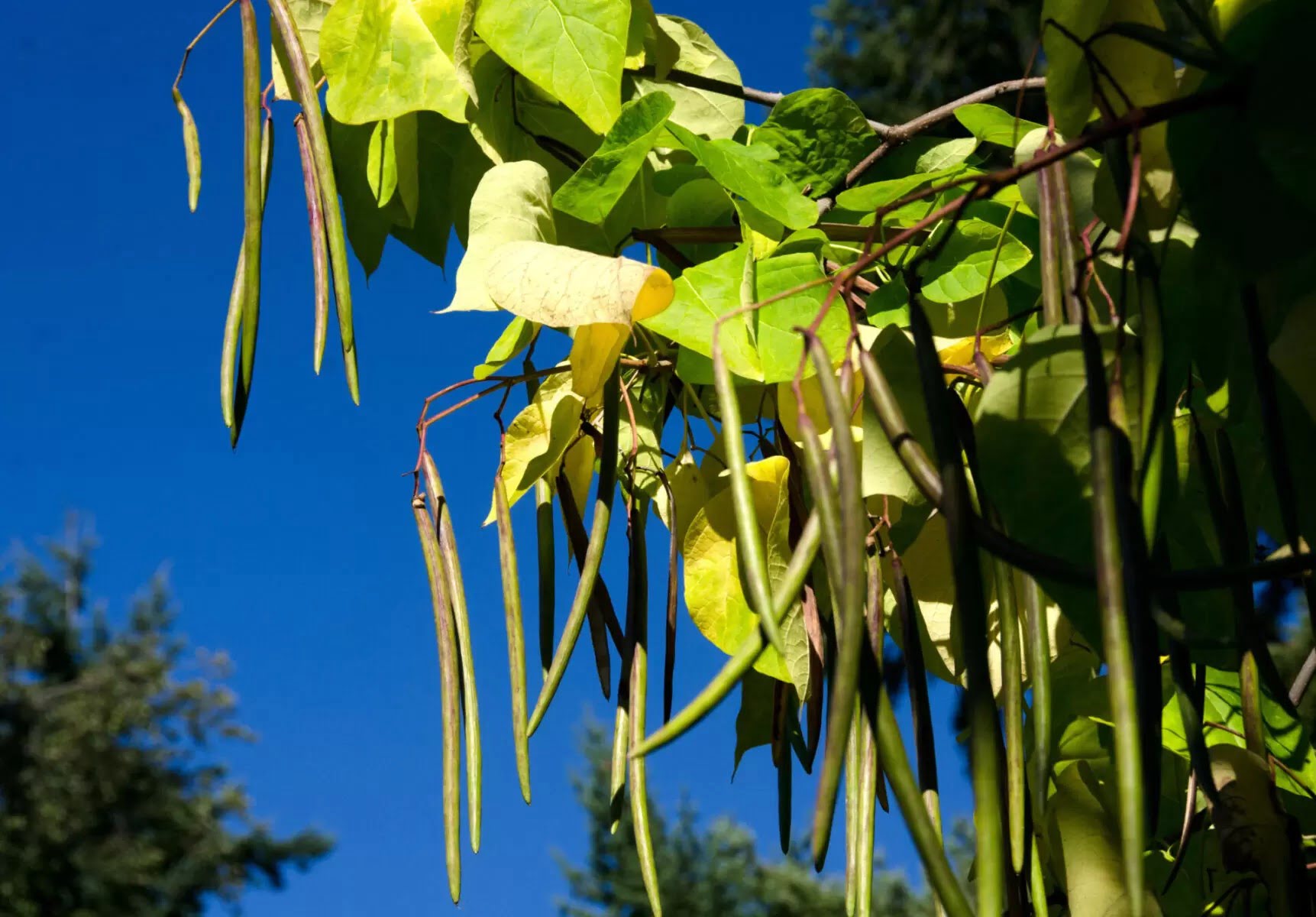
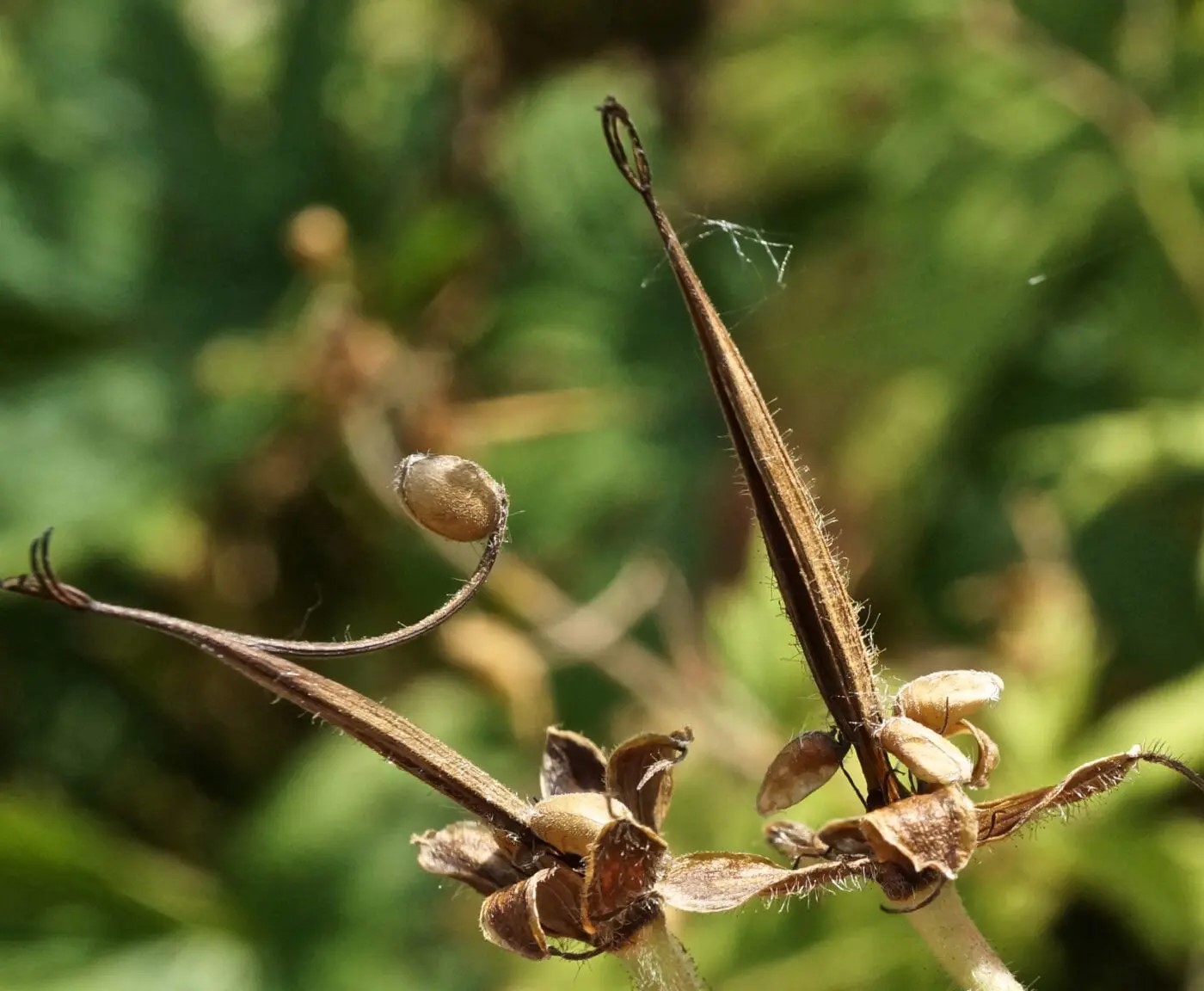
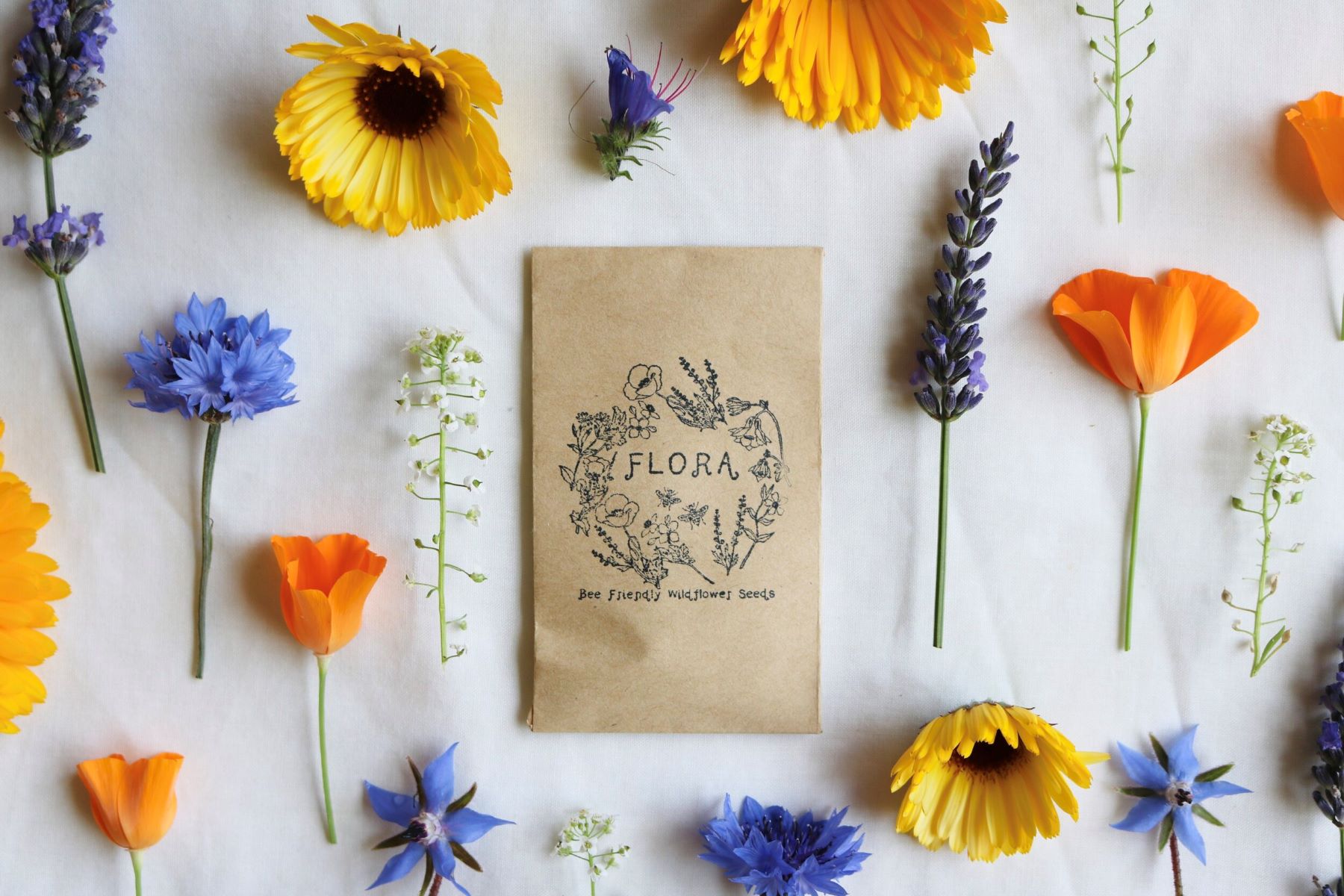
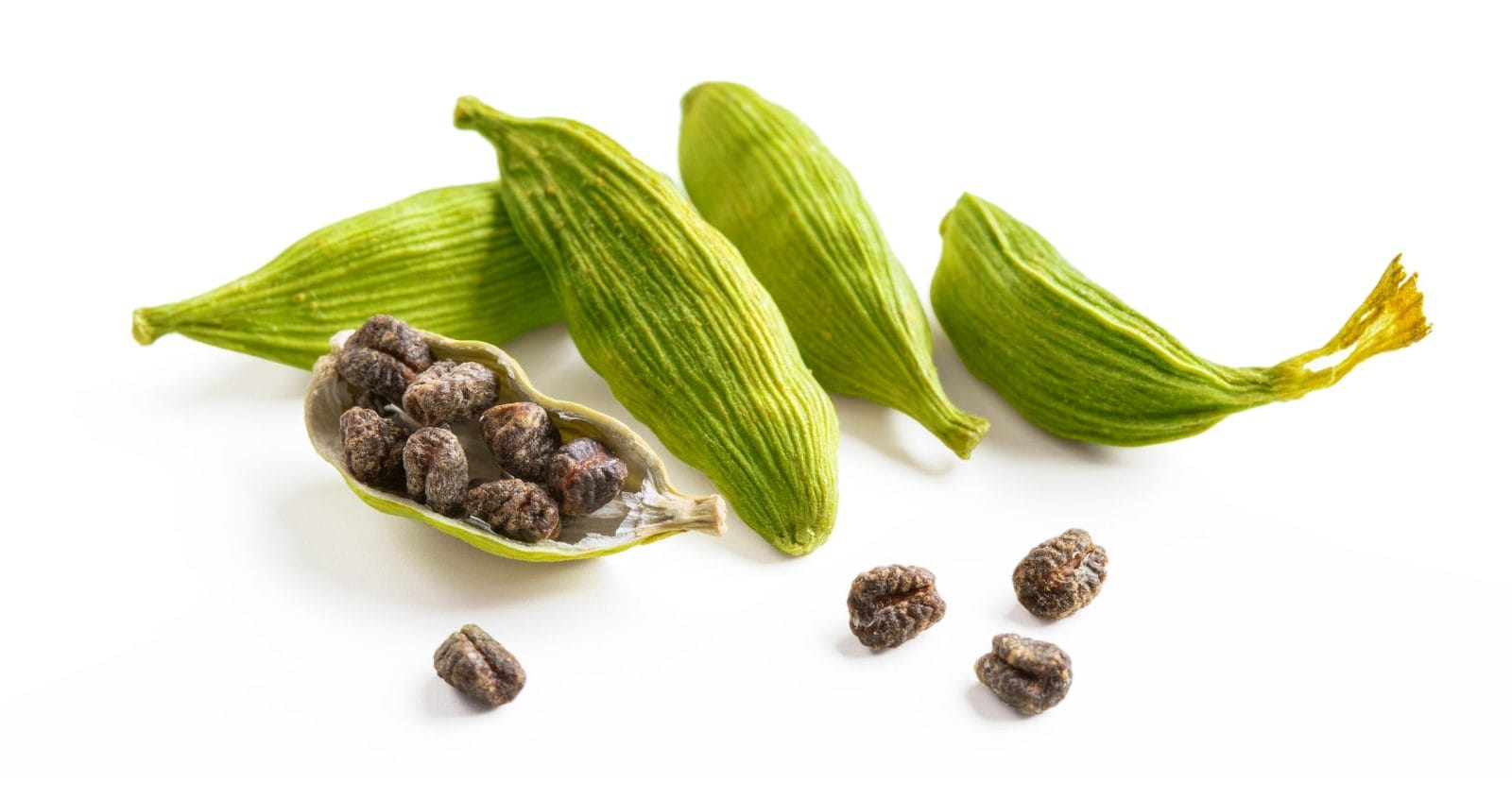
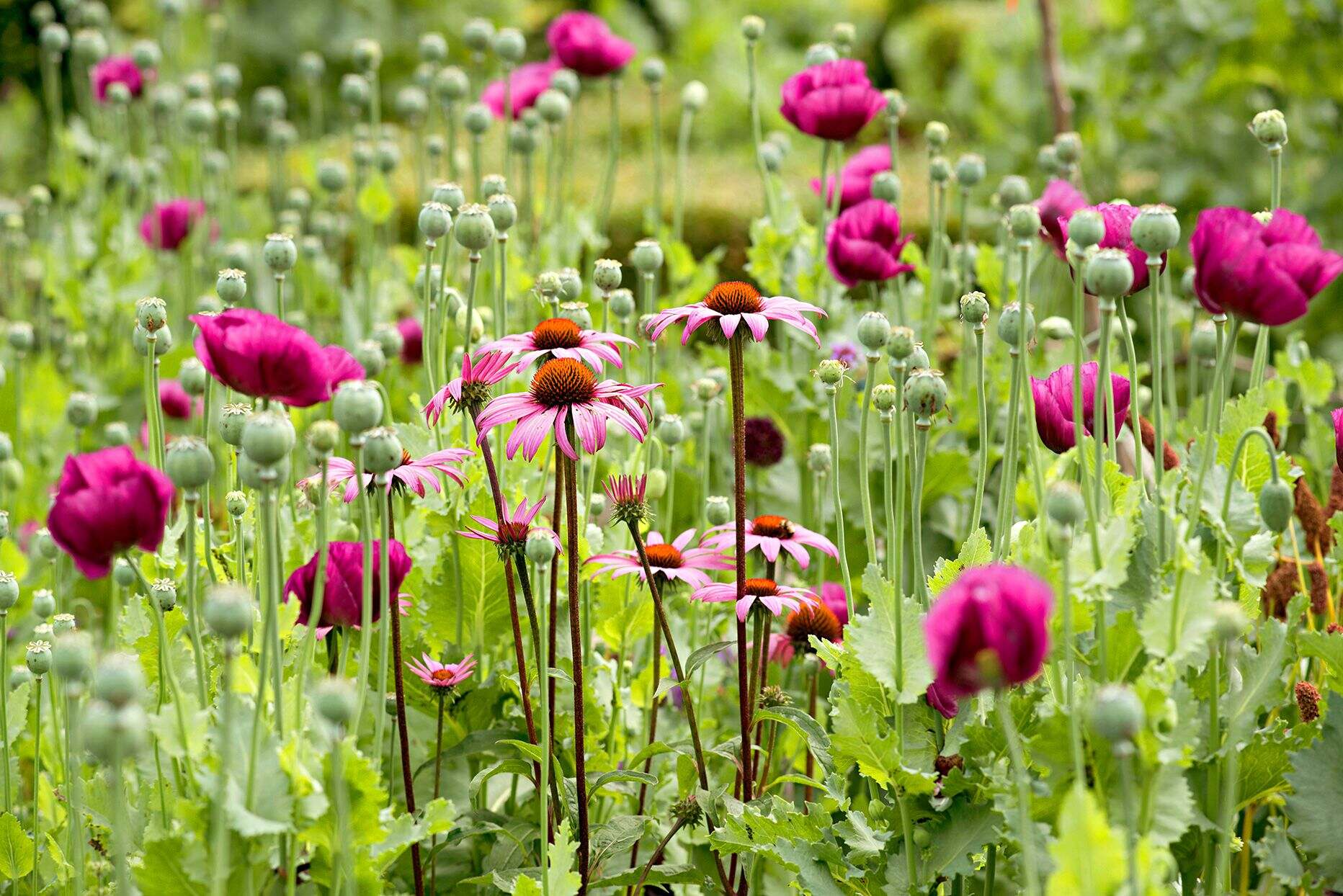
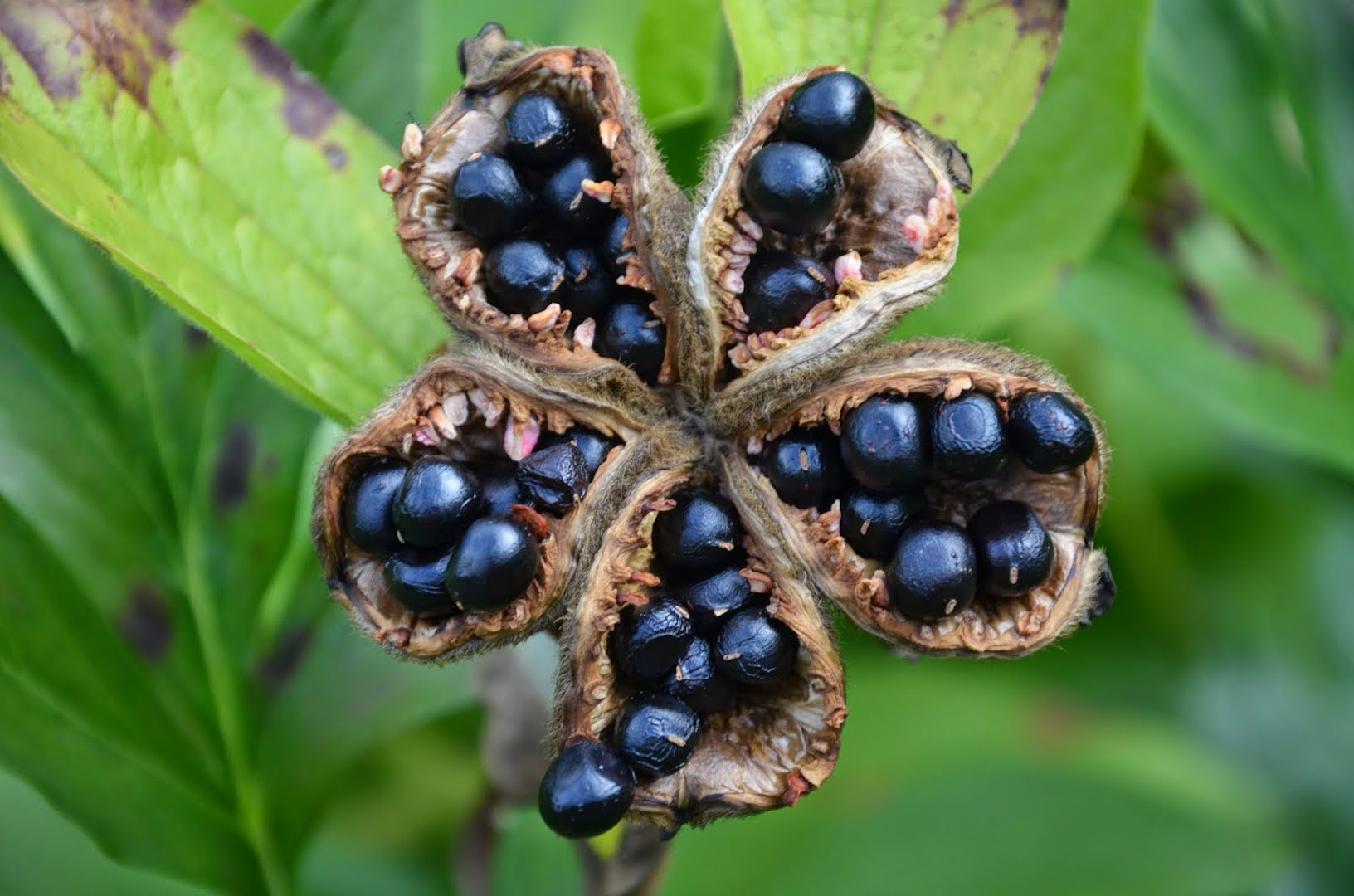
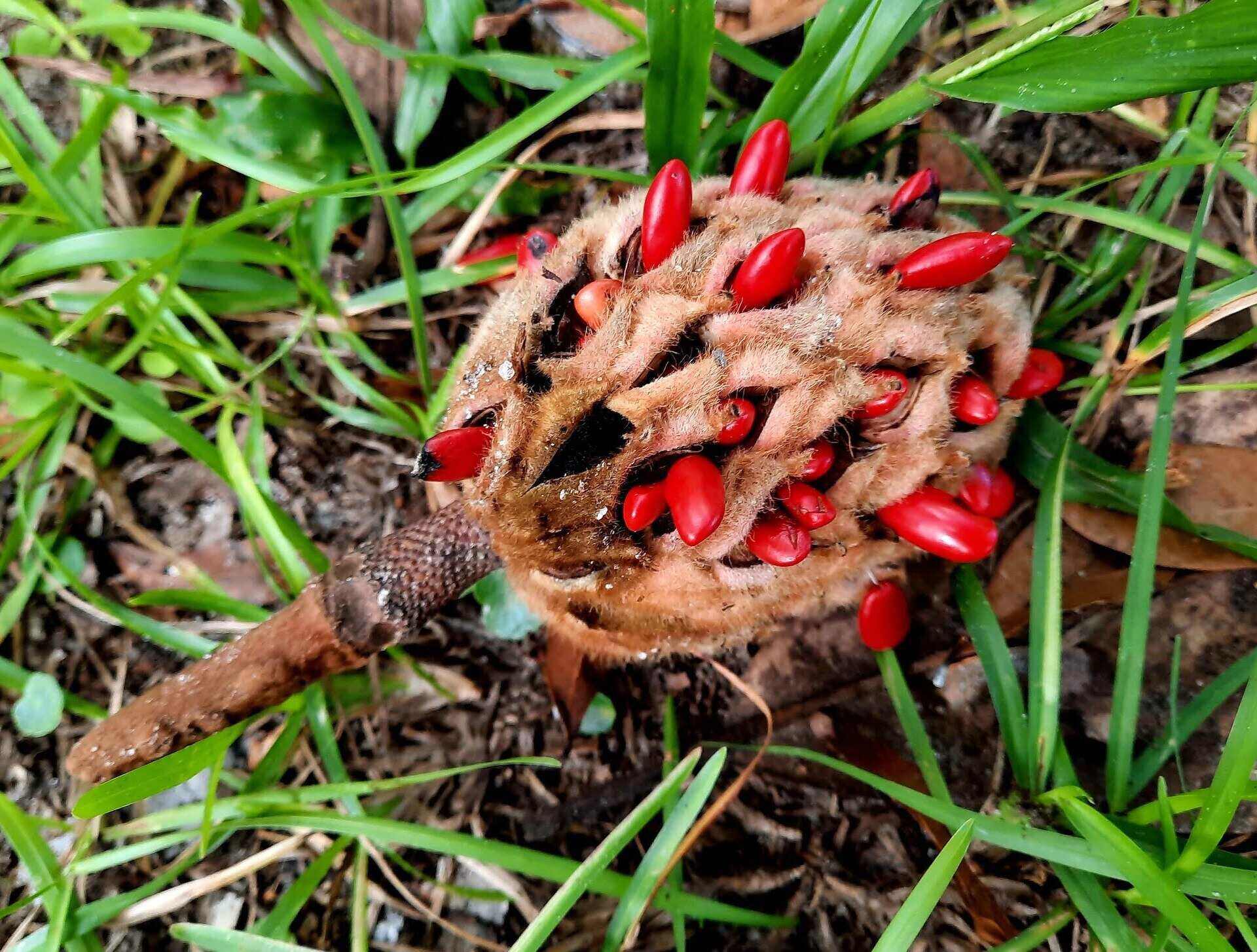
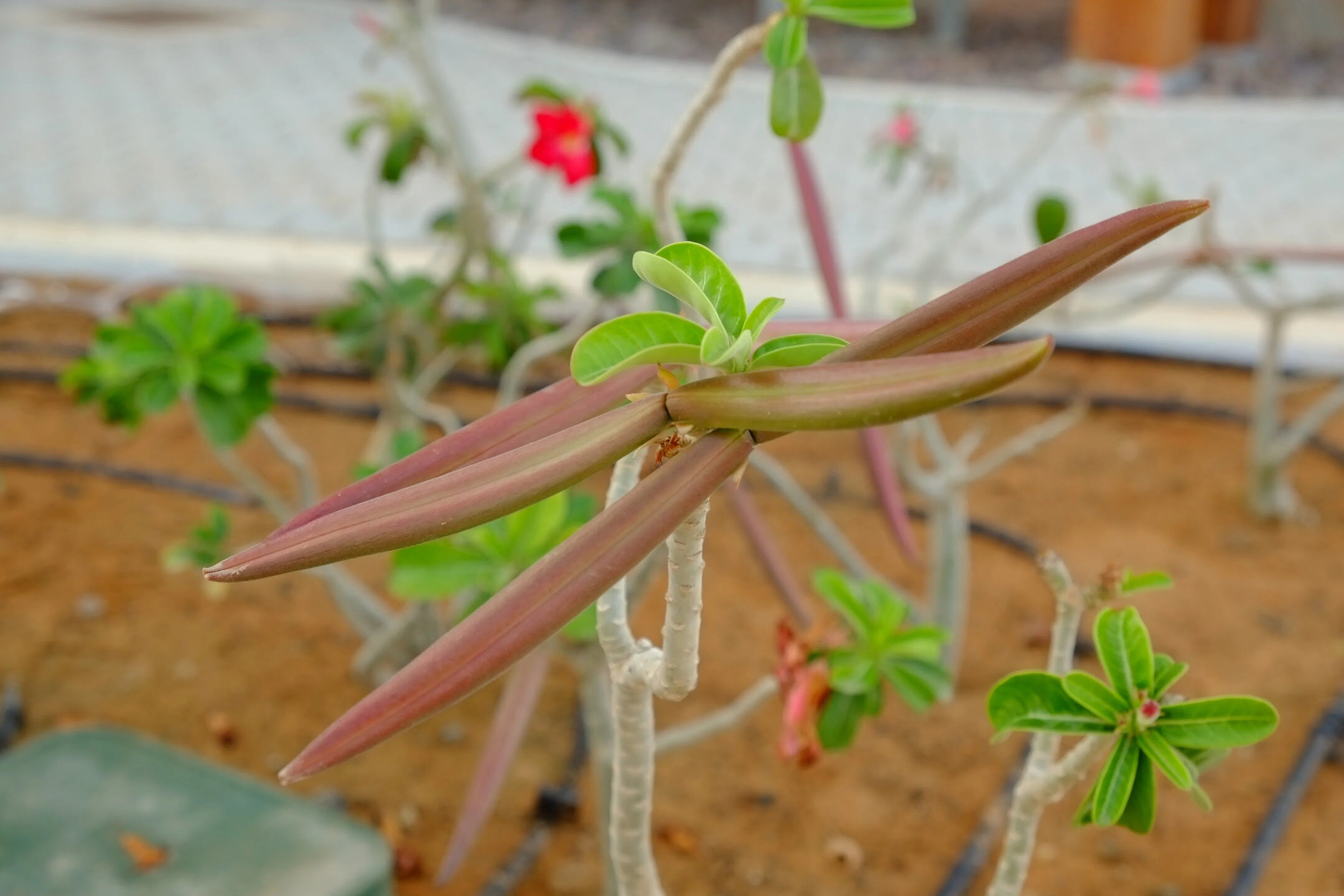
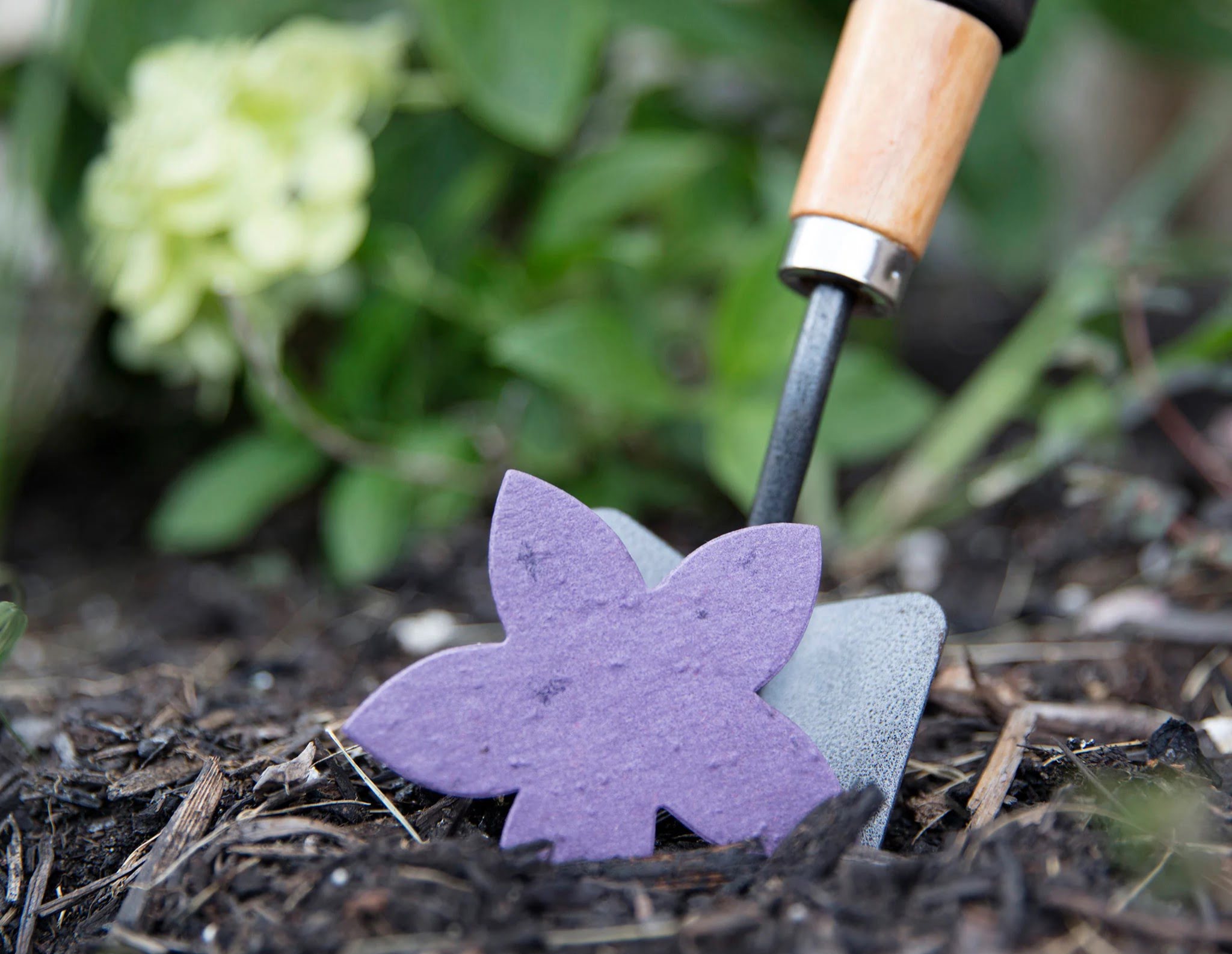
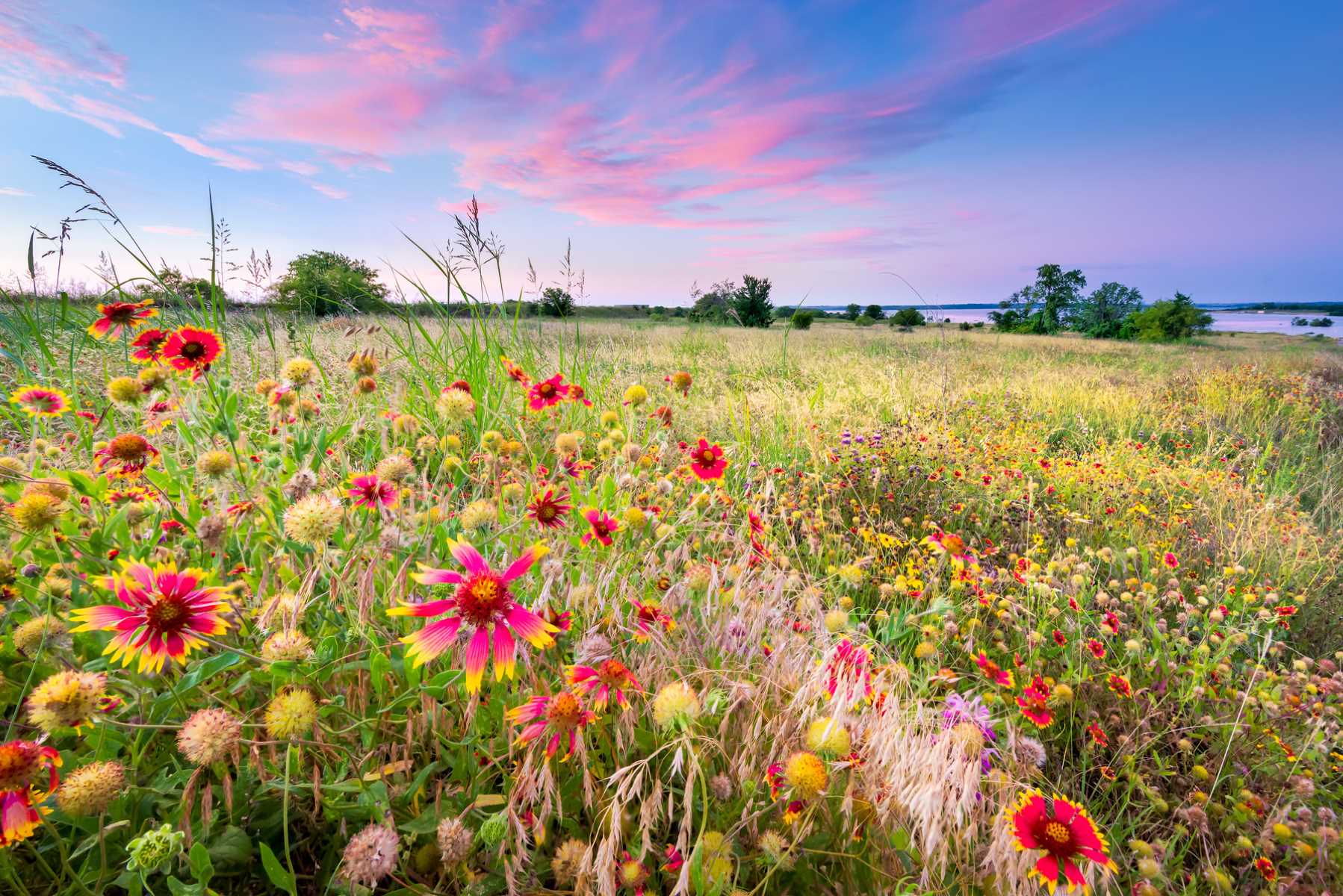
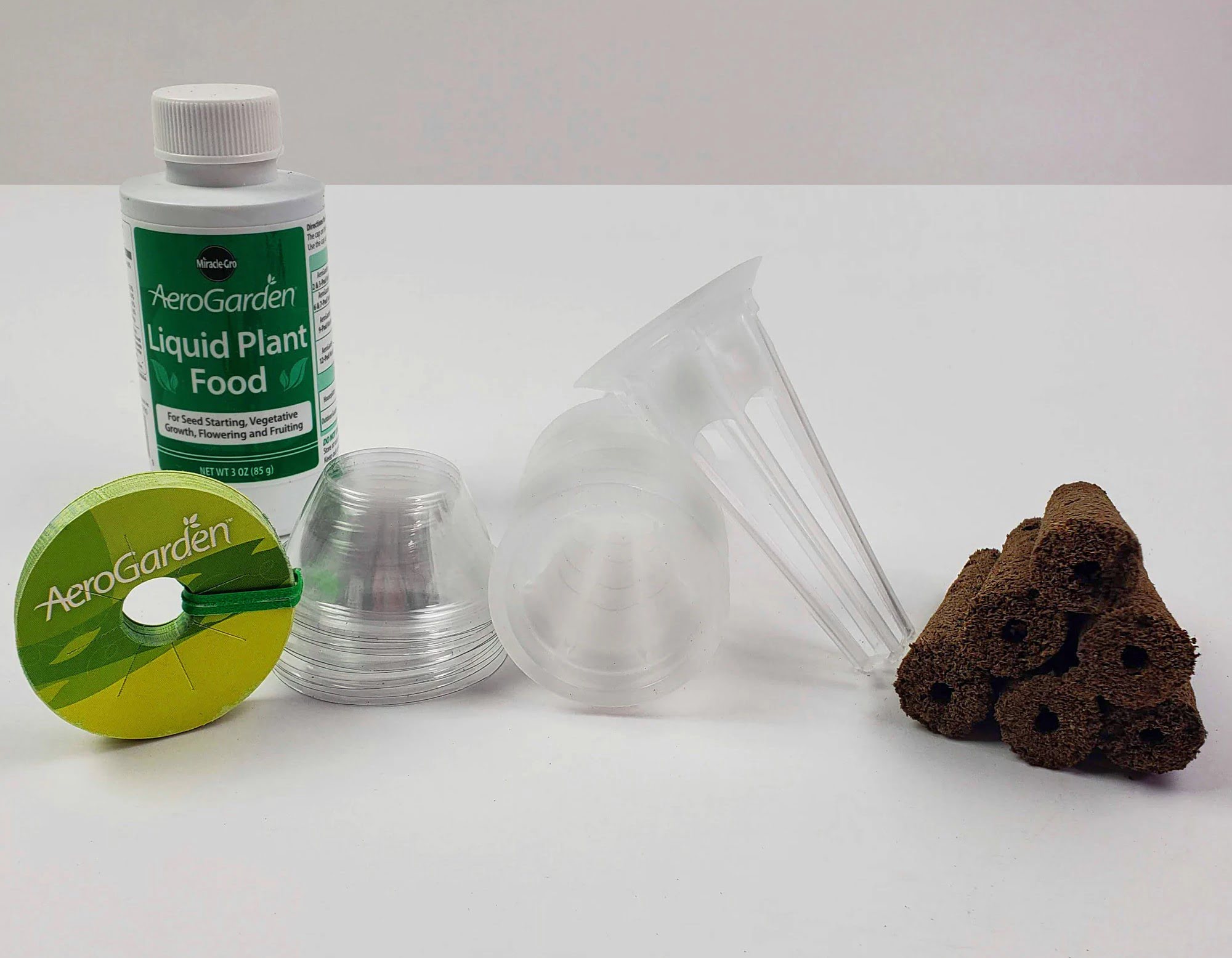
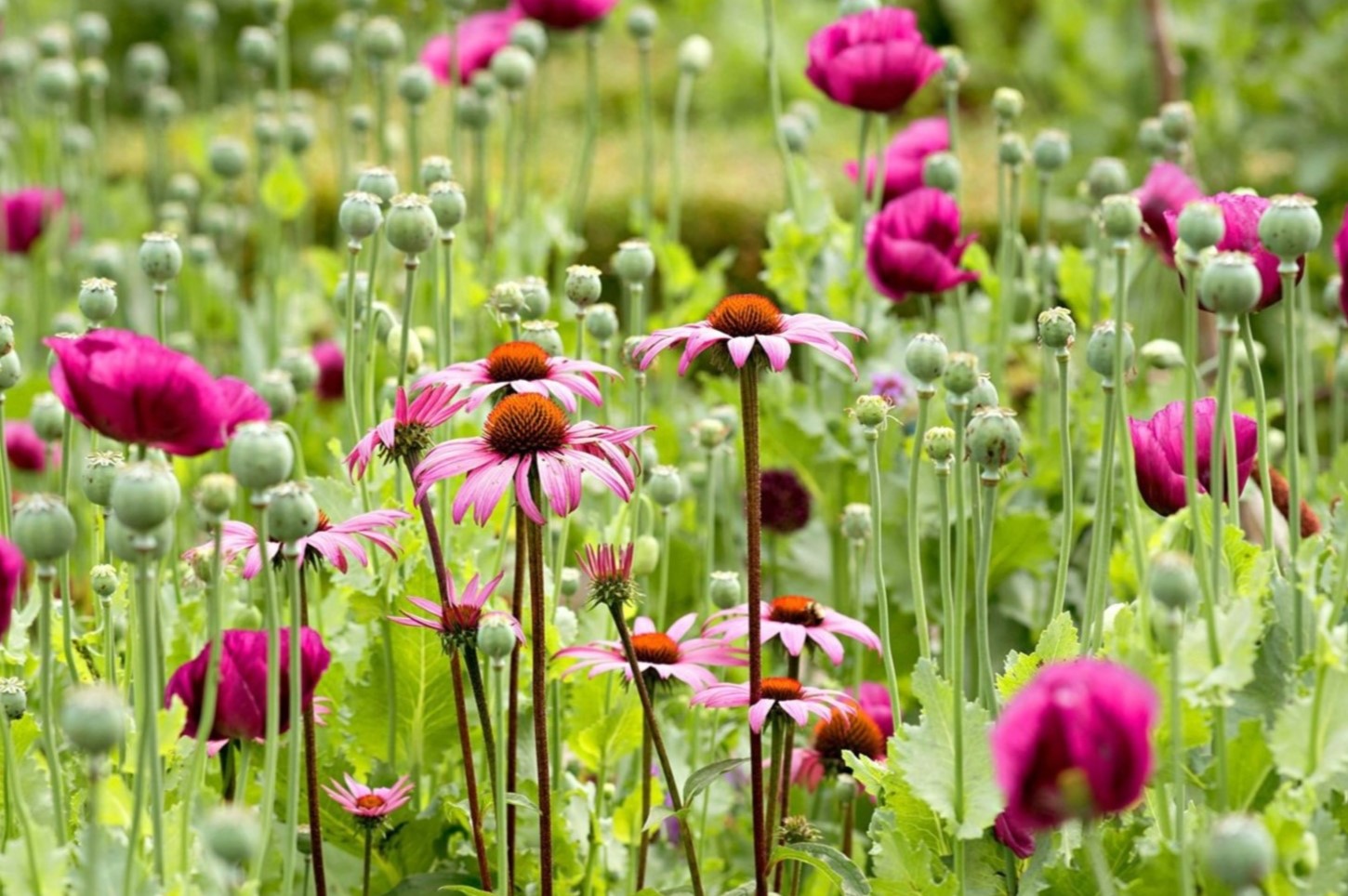
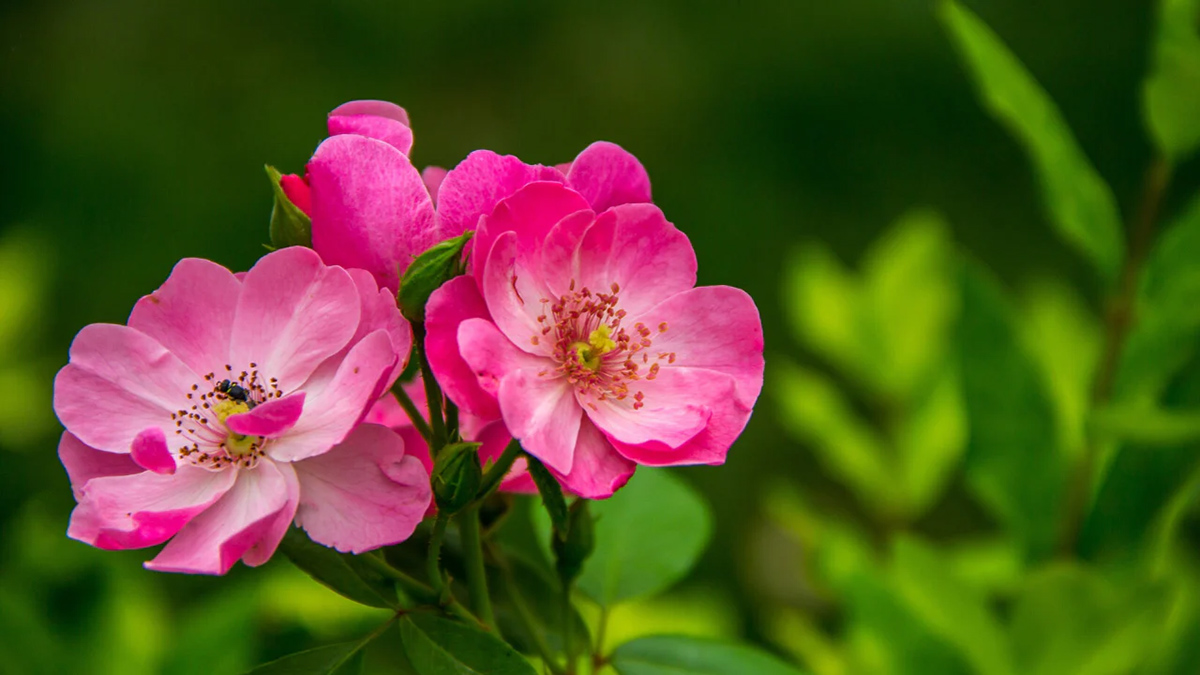
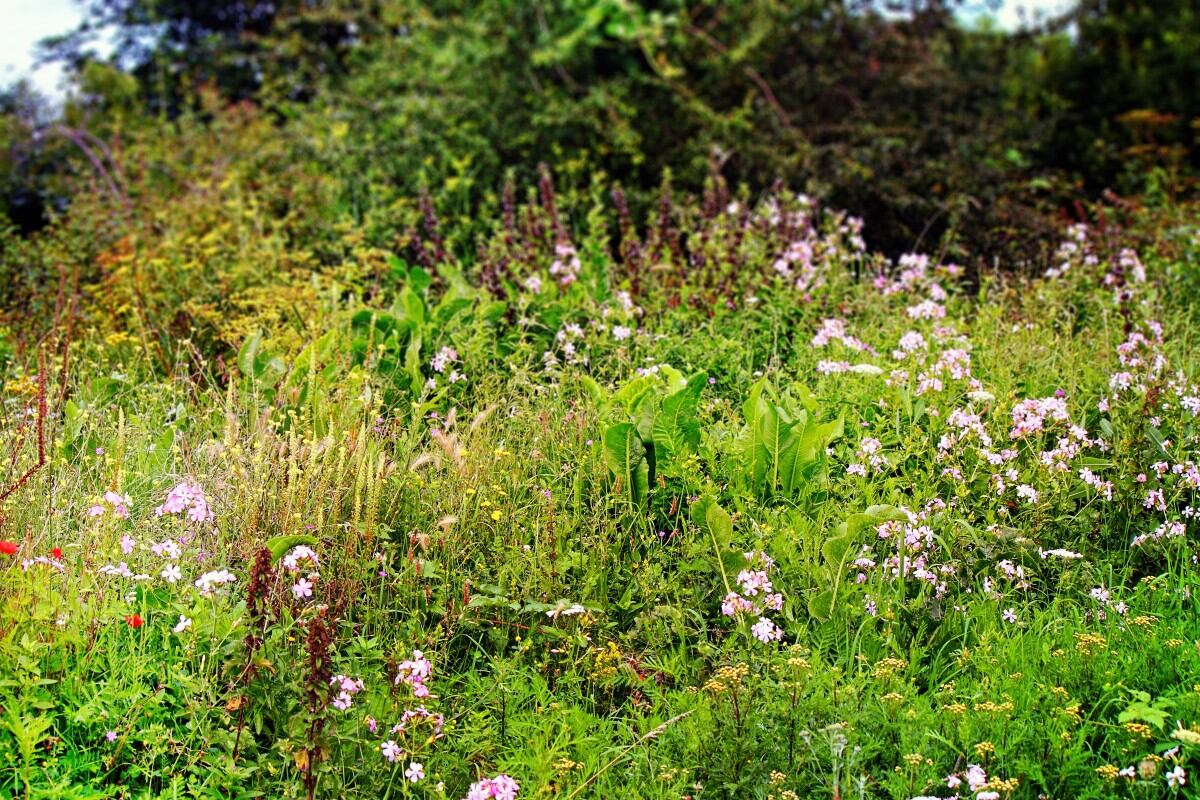

0 thoughts on “What Is Wildflower Seed Pod Identification”